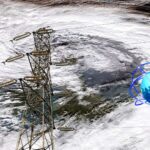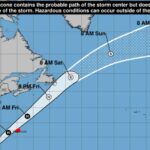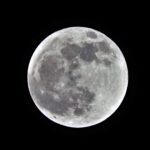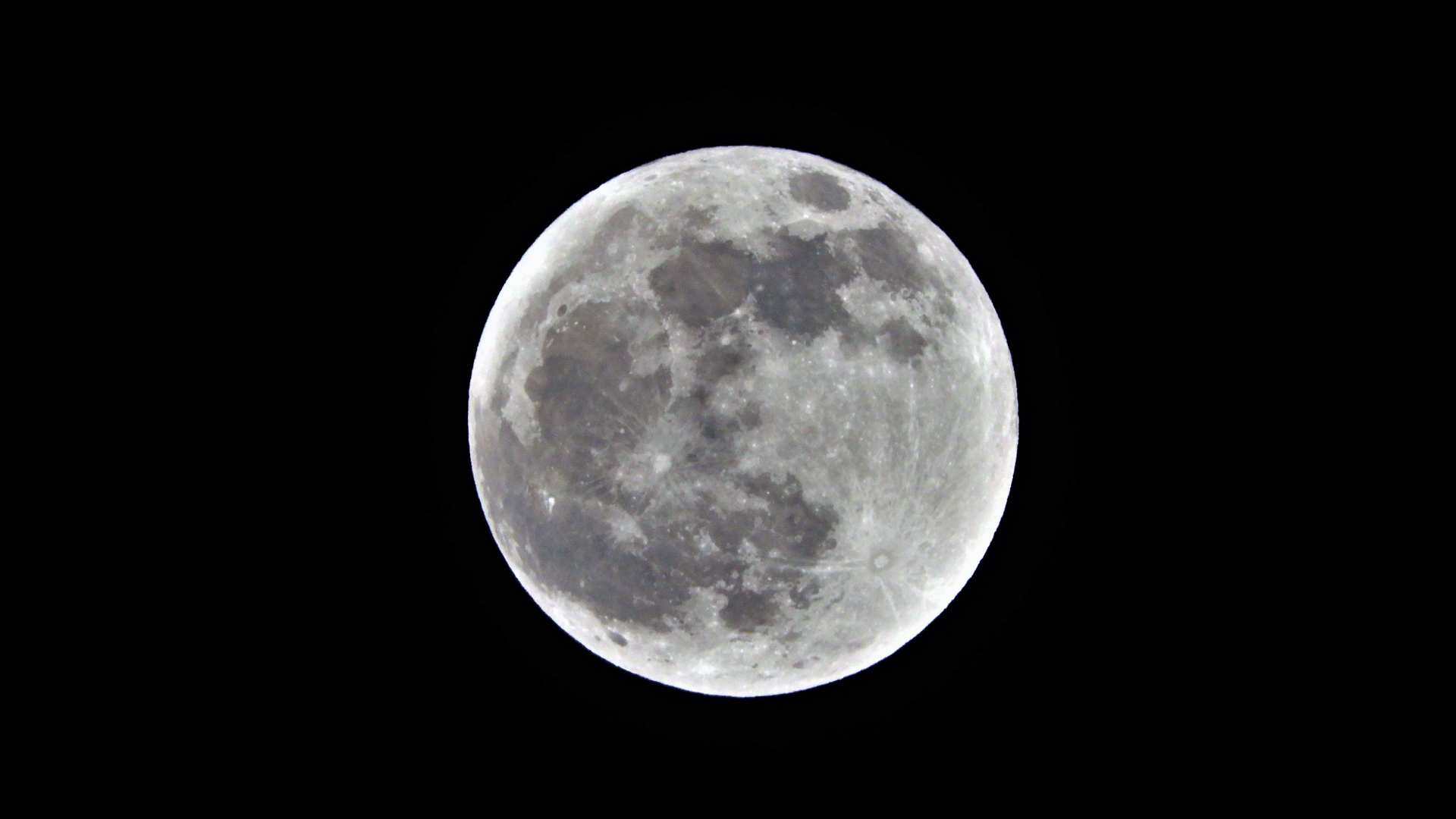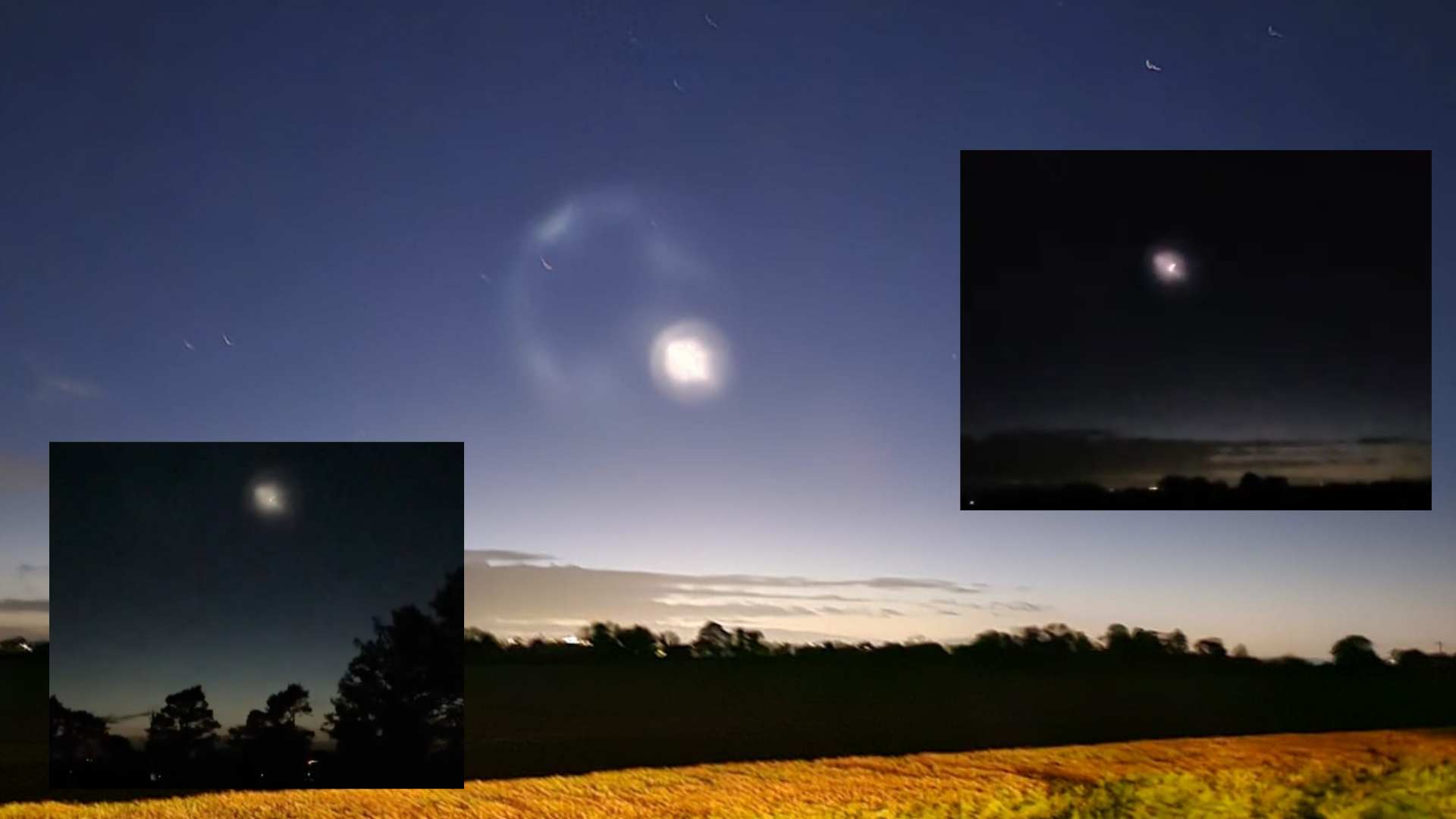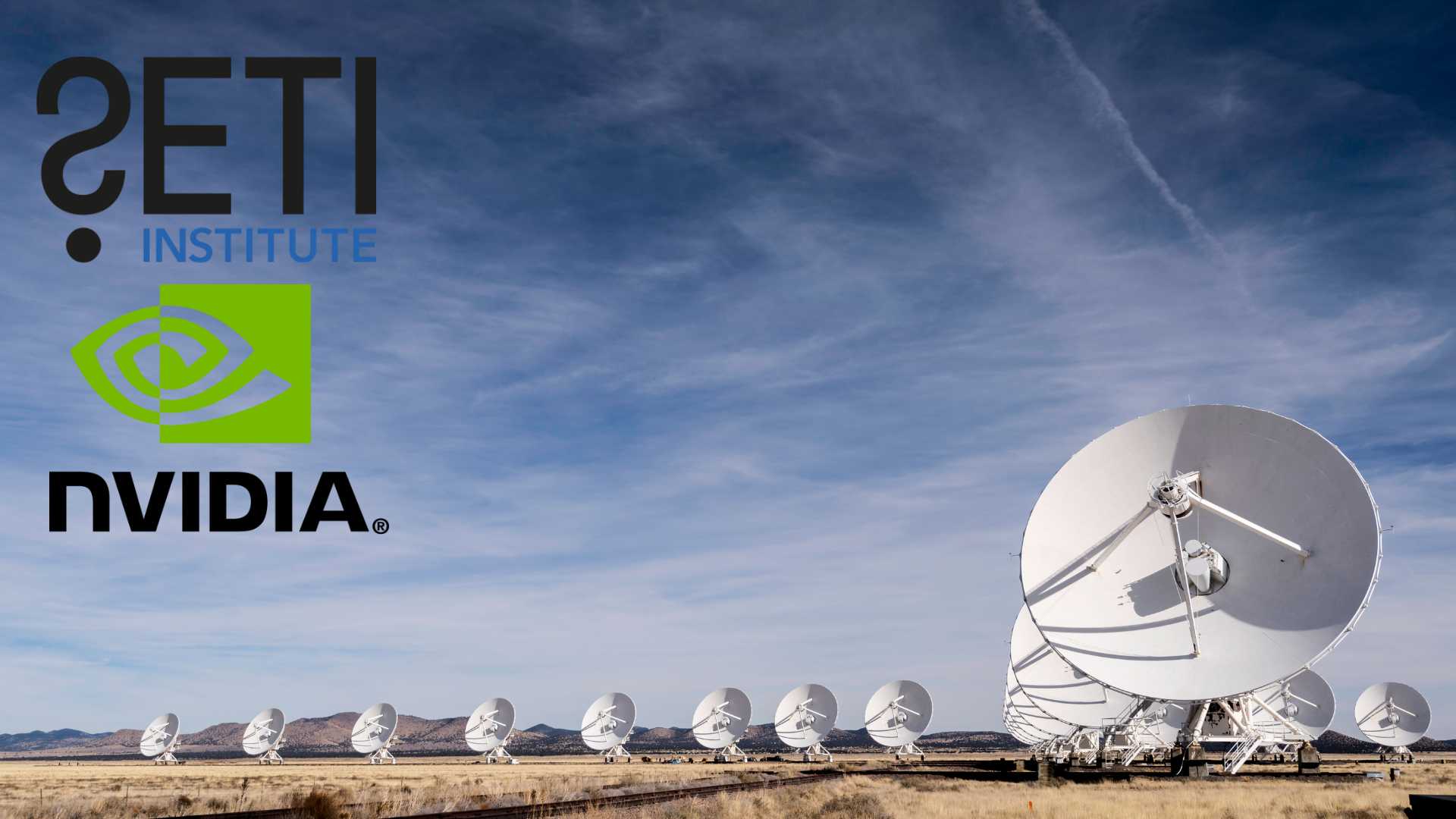
Astronomers Spot Giant Bubble Around Dying Star
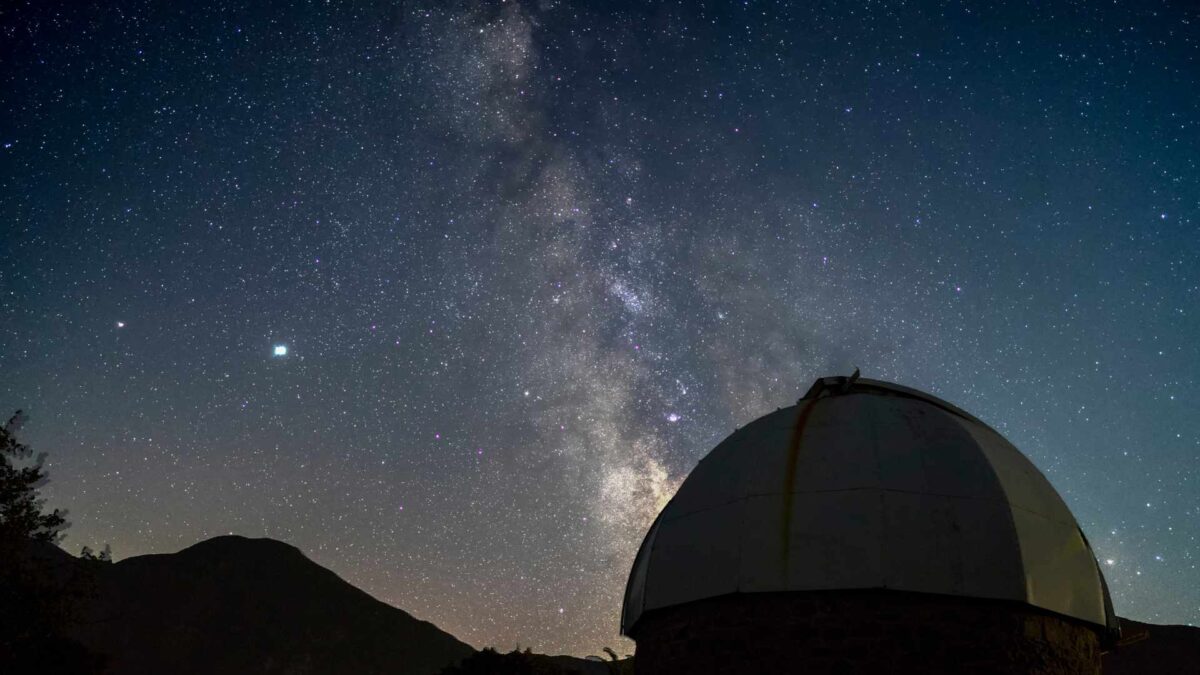
Astronomers from Chalmers University of Technology in Sweden have discovered a vast bubble of gas and dust surrounding a red supergiant star.
The structure is the largest of its kind ever seen in the Milky Way and contains as much mass as the Sun. Scientists say the bubble was ejected in a powerful stellar eruption about 4,000 years ago. How the star survived such an event remains a mystery.
The findings are published in the journal Astronomy and Astrophysics and were led by Chalmers researcher Mark Siebert. Using the ALMA radio telescope in Chile, the team observed the star DFK 52, a red supergiant similar to Betelgeuse.
“We got a big surprise when we saw what ALMA was showing us. The star is more or less a twin of Betelgeuse, but it is surrounded by a vast, messy bubble of material,” Siebert said.
The bubble extends 1.4 light years from the star, thousands of times wider than the solar system, and is composed of clouds of gas and dust. If DFK 52 were as close as Betelgeuse, the bubble would appear to span a third of the full Moon in the night sky.
ALMA’s observations allowed scientists to measure the motion of molecules in the cloud. They found the bubble is expanding, suggesting it was formed when the star expelled part of its outer layers in a dramatic explosion a few thousand years ago.
“The bubble is made of material that used to be part of the star. It must have been ejected in a dramatic event about four thousand years ago. In cosmic terms, that is just a moment ago,” said astronomer Elvire De Beck of Chalmers.
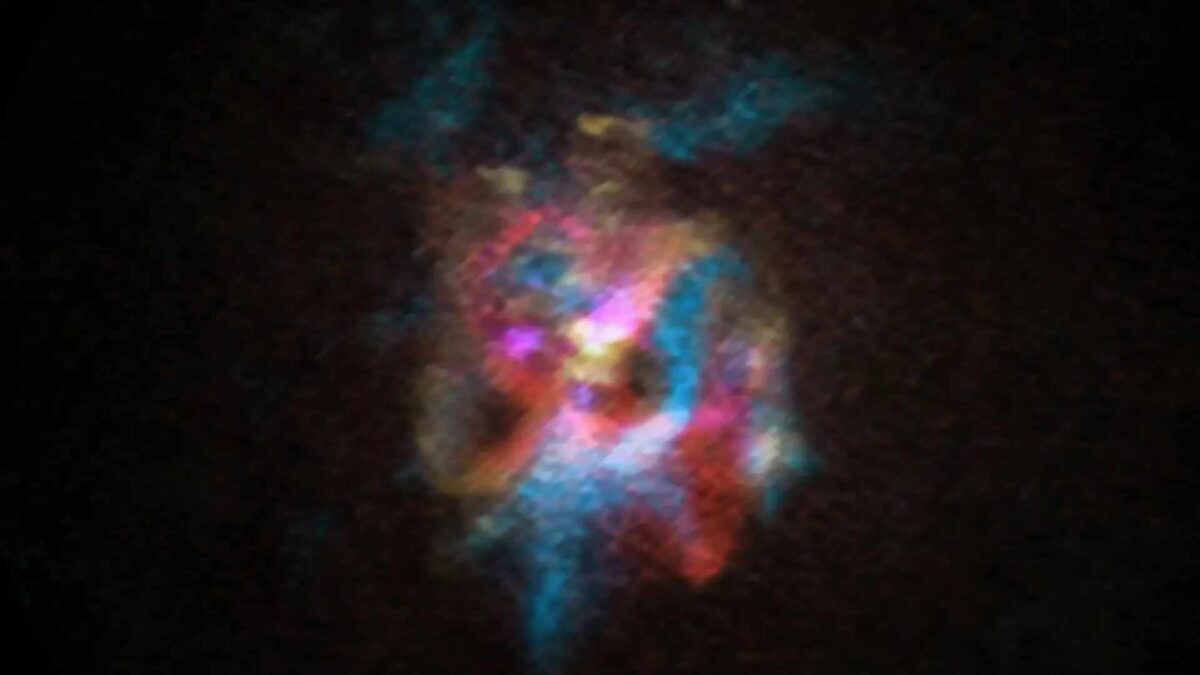
Why DFK 52 expelled so much material without exploding as a supernova remains unclear. One possibility is that the star has a hidden companion that helped it shed its outer layers.
“To us, it is a mystery how the star managed to expel so much material in such a short timeframe. Perhaps, like Betelgeuse, it has a companion star that is yet to be discovered,” Siebert said.
Red supergiants like DFK 52 are nearing the ends of their lives and are expected to eventually explode as supernovae. Astronomers hope further observations will reveal whether this star could be the Milky Way’s next supernova.
The research, presented in the paper Stephenson 2 DFK 52: Discovery of an exotic red supergiant in the massive stellar cluster RSGC2, also features an image selected as ESO’s Picture of the Week. The team included Mark Siebert, Elvire De Beck and Wouter Vlemmings of Chalmers University of Technology and Guillermo Quintana Lacaci from Instituto de Fisica Fundamental in Spain.
Red supergiants are among the brightest and rarest stars. They are the final stage of stars born more than eight times the Sun’s mass. These stars play a key role in creating and distributing elements throughout the galaxy, shaping new generations of stars and planets.
The closest red supergiants, including Betelgeuse in Orion and Antares in Scorpius, are visible from Earth with a clear dark sky.
ALMA, the Atacama Large Millimeter/submillimeter Array in Chile, is an international astronomy facility operated in partnership with ESO, the U.S. National Science Foundation and Japan’s National Institutes of Natural Sciences. Sweden’s Onsala Space Observatory at Chalmers has contributed receivers for the telescope and hosts the Nordic ALMA Regional Centre, supporting astronomers across the Nordic countries.
Share this WeathÉire story: